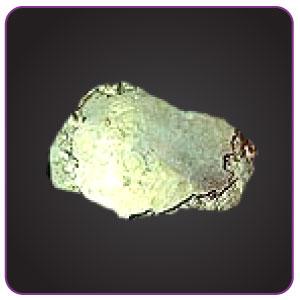Roentgenium

| Symbol | Rg |
| Atomic Number | 111 |
| Atomic Mass | 282 amu |
| Discovered by | Peter Armbruster and Gottfried Münzenberg in 1994 |

Chemical Properties of Roentgenium
| Group | 11 | Melting point | Unknown |
| Period | 7 | Boiling point | Unknown |
| Block | d | Density (g cm−3) | Unknown |
| Atomic number | 111 | Relative atomic mass | [282] |
| State at 20°C | Solid | Key isotopes | 280Rg |
| Electron configuration | [Rn] 5f146d107s1 | CAS number | 54386-24-2 |
| ChemSpider ID | – | ChemSpider is a free chemical structure database | |
What is Roentgenium?
- Roentgenium is a man-made radioactive element and is not found in any natural environment on Earth.
- The element was discovered by Peter Armbruster and Gottfried Münzenberg in the year 1994.
- It is a D-block transactinide element in the periodic table.
Uses of Roentgenium
- Roentgenium is only used for research purposes in scientific studies, to better understand its properties, and to create heavier elements.
- It is mainly used for research purposes at present.
Properties of Roentgenium
- The element has a metallic gold (yellow solid) appearance.
- The element has around 7 isotopes whose half-lives are known, with mass numbers from 272 to 282.
- One of the isotopes of this element (218Rg) has a half-life of 26 seconds.
- The element undergoes decay under the spontaneous fission process.
Certain Facts About Roentgenium
- The element was named after Wilhelm Röntgen (founder of X-rays).
- It was synthesised for the first time by Hofmann and Sigurd at the Institute for Heavy Ion Research in Germany in the year 1994.
- The element can be formed artificially by bombarding the ions of bismuth with the ions of nickel in a linear accelerator.

Comments